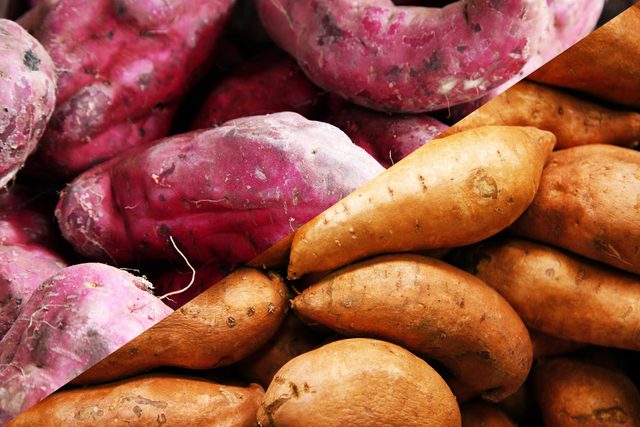
Yams vs. sweet potatoes
True yams have rough, scaly skin and often purple or red flesh, can grow up to five feet, and are starchier than sweet potatoes. But they’re difficult to find in American supermarkets. There, you’ll actually discover that one variety of sweet potatoes has been labeled yams. The USDA allows orange-fleshed sweet potatoes to be called yams to differentiate them from white-fleshed sweet potatoes. In our opinion, this is the only proper way to reheat a potato.
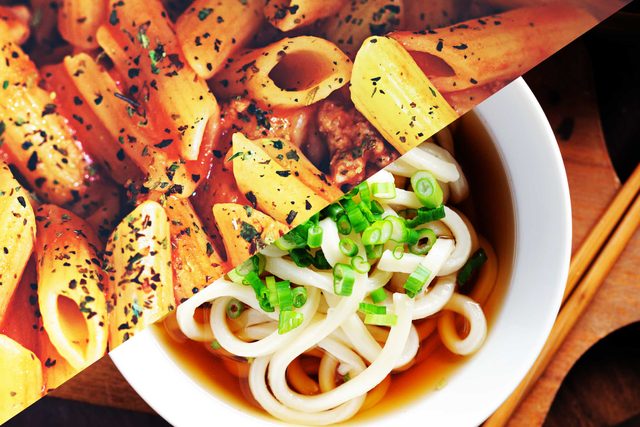
Pasta vs. noodles
Pasta, made from a stiff dough of durum wheat and water, has a stronger, more elastic texture than do noodles and is usually dressed with sauce. Noodles, on the other hand, are typically made from a soft paste of eggs, flour, and salt and served in a broth. Here are 13 foods that were invented by accident.
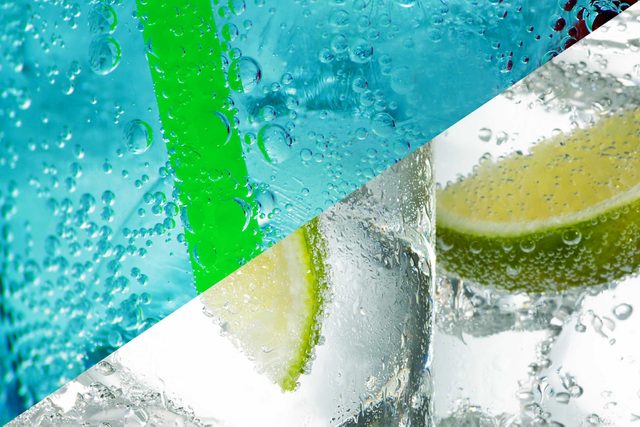
Club soda vs. seltzer
Both drinks are plain water with carbon dioxide added for carbonation, but club soda includes additives such as table salt, potassium sulfate, and sodium bicarbonate, which give it a slightly saltier taste than seltzer.
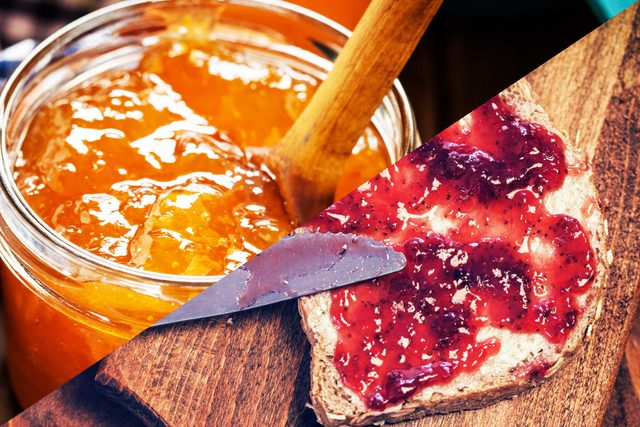
Jam vs. jelly
Jam has a chunkier texture than jelly does. To make jam, fruit is chopped, crushed, and cooked with sugar. Jelly is made from fruit juice that is boiled with sugar, rather than crushed fruit pieces, and sets to have a firm, gel-like texture.
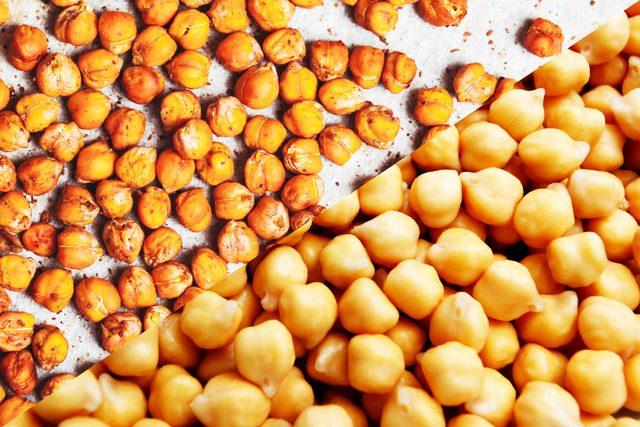
Chickpeas vs. garbanzo beans
Use these interchangeably? You’re correct. Chickpea and garbanzo refer to the same fibrous legume with a bit of chestnut flavor. The Spanish term is garbanzo, and the English name is chickpea. These are the 12 foods you never knew were illegal in the U.S.
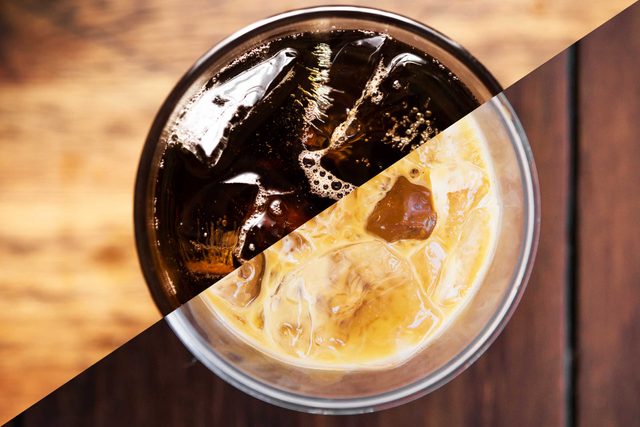
Cold brew vs. iced coffee
In recent years, cold brew has become increasingly popular, but it is a centuries-old Japanese brewing technique. Brewers steep coffee grounds in room-temperature water for up to a day. The essence is then diluted with water and served chilled. Iced coffee, on the other hand, is brewed hot with half the usual amount of water and poured over ice for dilution. Because cold brew is made with cooler water, it often has a mellower, less acidic taste than iced coffee.
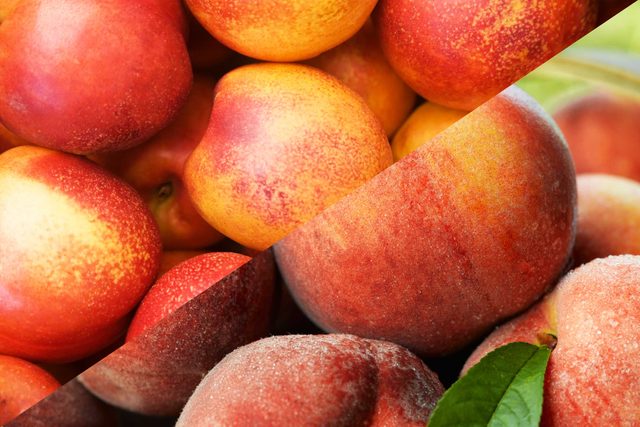
Nectarines vs. peaches
They are nearly genetically identical and can be used interchangeably in cooking. The main difference: Peaches have a dominant variant of a gene that gives them soft, fuzzy skin. Nectarines express a recessive gene that results in fuzz-free, smooth skin; they also tend to be smaller and firmer than peaches. Both grow in white and yellow varieties. This is the surprising birthplace of 20 favorite foods and drinks.
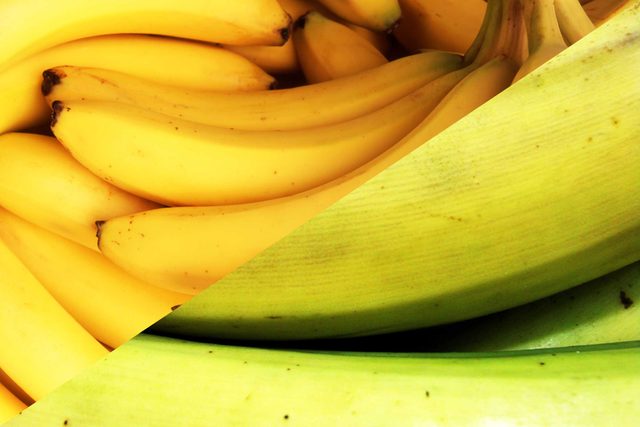
Bananas vs. plantains
Native to India and the Caribbean, plantains are members of the banana family but are ready to use when green. Bananas are high in sugar; plantains are high in starch. This makes plantains better for cooking (they’re often treated like vegetables) than for an on-the-go snack.
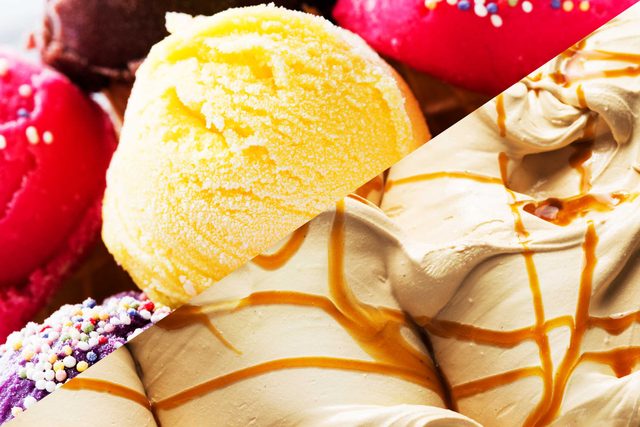
Ice cream vs. gelato
Made with milk, cream, sugar, and often egg yolks to create rich custard, ice cream is churned quickly to introduce air, making it light and fluffy. Gelato begins with a similar base but has a higher ratio of milk and less cream and eggs (if any) than ice cream. It is churned slower and with less air, making it denser, and is served at a warmer temperature. This gives the Italian dessert a silkier texture, and its low fat ratio lends it a stronger flavor than ice cream. Next, check out how these 16 iconic foods got their name.